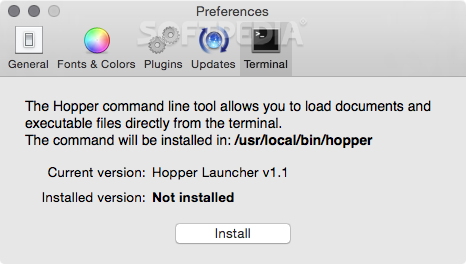
Reefer ships are designed to allow for the loading of 40 in. They can stow on the ends or on the side of the hatch and can remain partially open. They stow one on top of the other and they can do so under fully automated conditions. Piggyback type covers can be fitted on a lot of different ship types. The external drive unit is always accessible with the panel closed and the operation is hydraulic, thus providing positive continuous and smooth movement. The covers of this type offer simplicity of operation and independent panel-rolling. Alternatively, they can be driven by wires or chains. They roll on rails and they are driven by a rack and pinion mechanism. The usual arrangement is for one panel to stow on the port side, while the other stows on the stbd side. These covers roll to stow on the sides of a hatch (side-rolling) and are mainly used by bulk-carriers. These are suitable for long hatch coamings, with four or six panels stowing at each end. These have the actuating equipment outside the panels of the hatch covers, with minimum stowage length and easy maintenance. High-stowing/three-panel covers/foldtite. These are easy to install, with simple, economic operation of the ship’s gear and they require minimum maintenance. High-stowing/three-panel covers/direct pull. These afford economical stowage, optimum hatch width. The covers are operated by wire or by hydraulic means.Īll covers are built specifically for one ship, depending on the requirements of the owners and the Class, as part of Load Line requirements. Their usage depends on the opening size of a hatch, the height of a hatch coaming and the length of stowage. Single-pull compact-stow covers may have any number of panels.

These panels stow either at one end of the hatch or both. These covers are designed as high stowing types, with two, three, or four panels. The main types of hatch covers that are designed to be fitted on the tween deck of a deep-sea going, dry cargo ship are (6)

The main types of hatch covers that are designed to be fitted on the weather deck of a deep-sea going, dry cargo ship are (1)


 0 kommentar(er)
0 kommentar(er)
